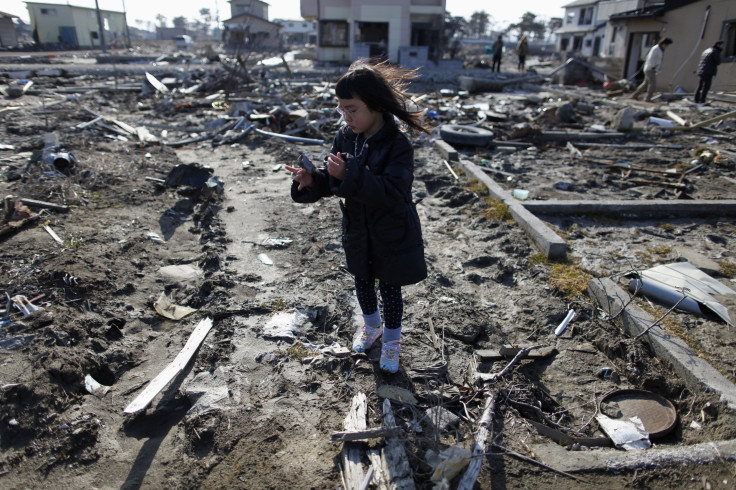What Triggered Japan’s Devastating Tsunami? Deep-Sea Study By International Team Reveals Cause

A group of international scientists has conducted research in the Japan Trench, a part of the Pacific Ring of Fire on the floor of the northern Pacific Ocean off northeast Japan, revealing the cause of the massive earthquake and the devastating tsunami that struck the country’s Tohoku region in March 2011.
According to the scientists, an unusually thin and slippery geological fault within the Japan Trench was a key factor in triggering one of the deadliest natural disasters in Japan’s history. The findings of the research, published in the journal Science on Thursday, showed that friction on the fault was remarkably low during the magnitude 9 Tohoku-Oki earthquake, which later triggered a tsunami that inundated the northern Japan coastline, causing thousands of deaths and billions of dollars worth of destruction.
“The Tohoku fault is more slippery than anyone expected,” Emily Brodsky, a geophysicist at the University of California, Santa Cruz, who was part of a research team of 27 scientists from 10 countries, said in a statement. “It's been difficult to get this measurement because the signal is weak and it dissipates over time, so we needed a big earthquake and a rapid response.”
As part of their Japan Trench Fast Drilling Project, or JFAST, the scientists drilled three holes in the Japan Trench area in 2012 to study the rupture zone of the 2011 earthquake, a fault in the ocean floor where two of the Earth's major tectonic plates -- the Pacific plate and the North American plate -- meet, deep beneath the surface of the Pacific Ocean.
The joint where the plates meet forms what is known as a “subduction” zone, with the North American plate riding over the edge of the Pacific plate. The latter plate bends and plunges deep into the earth, forming the Japan Trench.
It is believed that deep beneath the seafloor, where rocks are strong, movements of the plates can generate a lot of elastic rebound, which tends to get thinner closer to the surface of the seafloor where rocks are softer and less compressed.
However, in the case of the Tohoku earthquake, the displacement of the seafloor plates amounted to 30 meters to 50 meters, and the slip grew bigger as the subterranean rupture approached the seafloor, which eventually resulted in the massive tsunami, according to the scientists.
“What the core samples show, for the first time, is that the fault, particularly near the seafloor, is composed of less than five meters of very fine volcanic sediment, highly altered to a special type of clay (smectite), which acted as an incredibly slippery lubricant and allowed the huge quake to occur,” Virginia Toy from the Department of Geology at New Zealand's Otago University, said in a statement.
According to Toy, the extreme frictional weakness of this material facilitated the huge vertical and horizontal displacements of the seafloor up to 50 meters during the magnitude 9 quake. And, it was the water displaced by this massive movement of rock that generated the larger-than-anticipated tsunami waves.
The latest discovery is expected to help scientists determine if other major faults around the Pacific Rim, including beneath New Zealand’s east coast, could generate similar earthquakes and trigger a tsunami.
For more details about the research, click here.
© Copyright IBTimes 2024. All rights reserved.






















